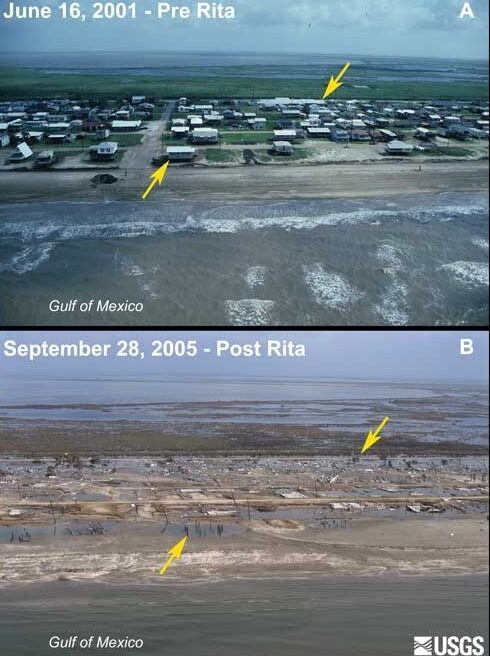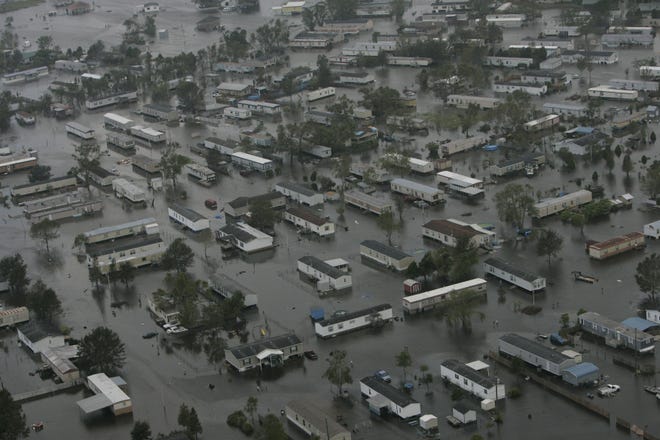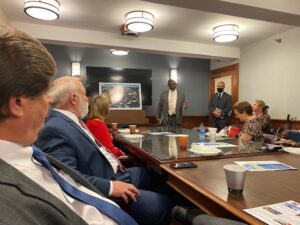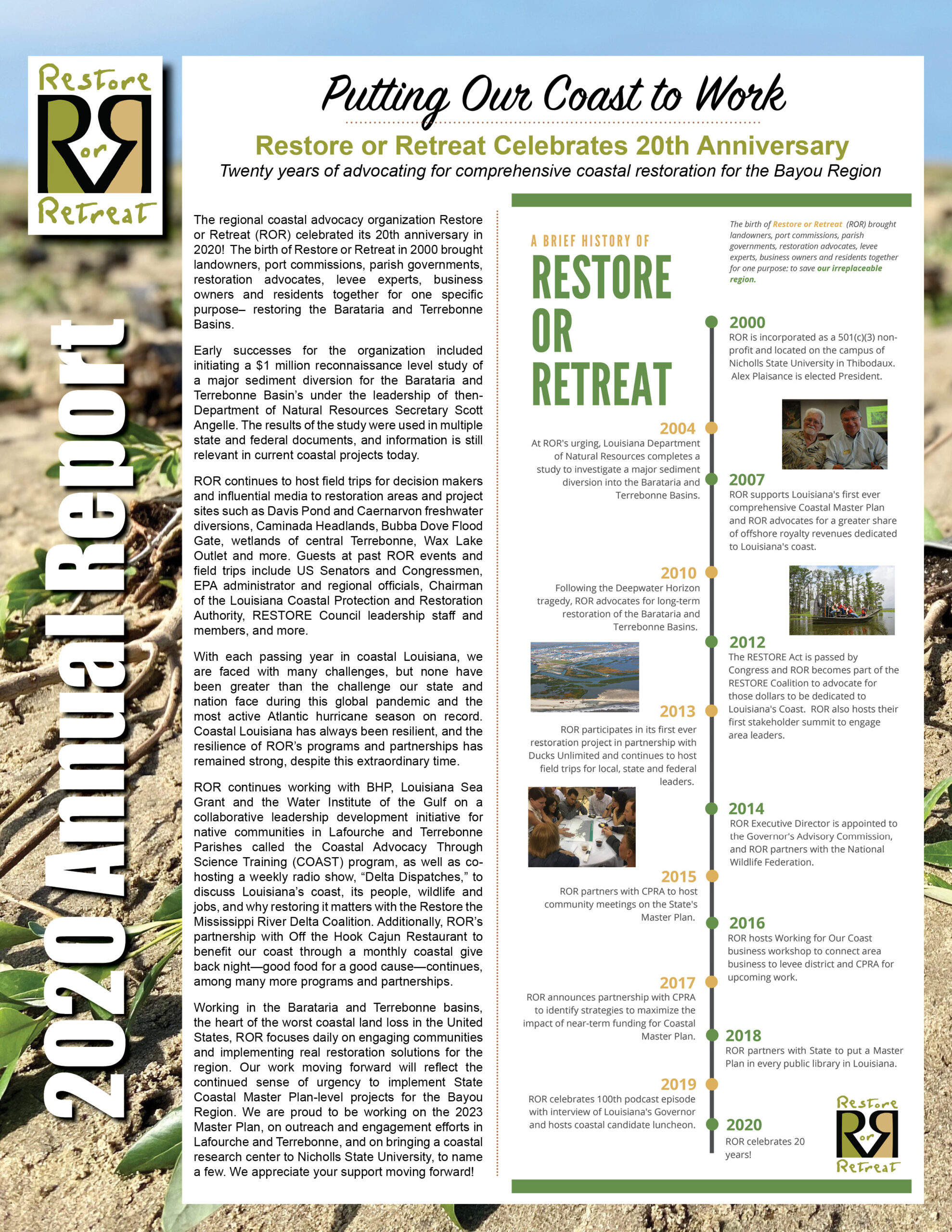Remembering Rita
The one who does not remember history is bound to live through it again. — George Santayana
Fifteen years ago, the Bayou Region was becoming a second home to many families, friends and strangers who fled Katrina’s devastating aftermath. Little did we know our area was also going to experience our own devastating storm with a landfall 150 miles to the west.
Hurricane Rita hit our coast on September 24, 2005, near Johnson Bayou, Louisiana, as the most intense tropical cyclone on record in the Gulf of Mexico and the fourth-most intense Atlantic hurricane ever recorded, reaching Category 5 status for 18 hours while approaching. Rita brought a nine foot tidal surge to our bayou communities and flooded nearly 11,000 homes in Lafourche and Terrebonne despite her landfall on the other side of the coast. Huge sandbags, helicopters and other resources had to be diverted from New Orleans’ recovery 70 miles north to Pointe Aux Chene, Dulac, and other bayou communities. Yes, we had experienced hurricanes before, but this one served as a startling wake up call.

Realizing the extreme land loss our area has experienced affected our protection from storms, accelerated plans for a more robust defense system began to emerge– the Morganza-to-the-Gulf Hurricane Protection System. Morganza, as it is commonly known as, is a levee, lock, and floodgate system designed to provide 100-year, Category 3 storm surge protection to more than 150,000 residents living in coastal Terrebonne and Lafourche Parishes. Today, over $500 million has been invested to build Morganza to a twelve foot elevation, and work will begin soon on an additional $400 million Houma Navigational Canal Lock which will also have restoration benefits for the region.
Despite the prevention of severe potential future economic damages, not one federal dollar has been given to the system to date. Understanding the federal government was not going to pay for the enhanced system, the way they did for New Orleans after Katrina, residents in Terrebonne Parish taxed themselves to raise the funding needed to implement this system, which has also been awarded significant capital outlay and other state dollars through the Louisiana Coastal Protection and Restoration Authority (CPRA.)
Hurricane Barry in 2019 and Hurricane Laura this year tested the improved system, and the system responded well—less than a dozen homes flooded for Barry and zero for Laura, and life went back to normal almost immediately after the storm. Without the dedication of local leaders and officials to put such a robust system in place, the Bayou Region could have experienced devastating additional negative impacts to our economy, on top of an already hurting oil and gas industry and ramifications from a global pandemic.
To further increase the protection provided by Morganza, critical restoration projects are advancing as well, to protect the protection as they say. Restoration of the barrier islands as a first line of defense has come to fruition with the completion of Whiskey Island, and will continue with West Belle Pass Headland, East Trinity and Timbalier Island, all coming online within the next year. Funds from the 2010 Deepwater Horizon are funding these projects, as well as the Houma Navigational Canal Lock because of its hydrological, restorative benefits.

Ashland Subdivision in Terrebonne Parish from Houma Courier
Non-structural measures also began in earnest after Rita as another component of the multiple lines of defense against increasing storm impacts. These measures include home elevations, flood proofing of businesses and voluntary buyouts. Thousands of homes are elevated with more than 400 Terrebonne residents using the Hazard Mitigation Grant Program to elevate since 2008, and at least 35 Lafourche properties have been elevated since 2005. In at least 86 homes and properties have been bought out or demolished due to repetitive flooding in Lafourche and Terrebonne.
So many improvement have been made in 15 years, and more are slated to be implemented with the State’s Annual Coastal Plan nearly $1 billion annually for the next few years. Even with all of improvements, Lafourche and Terrebonne remember their recent storm history, and through hard work and leadership on the local and state level, they are bound to not live through it again.



